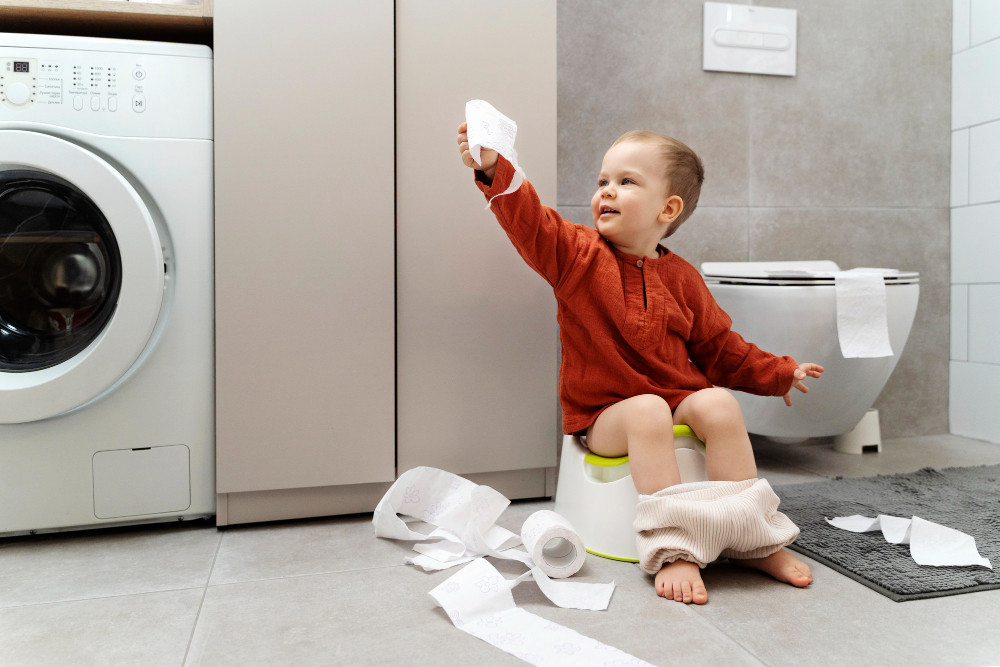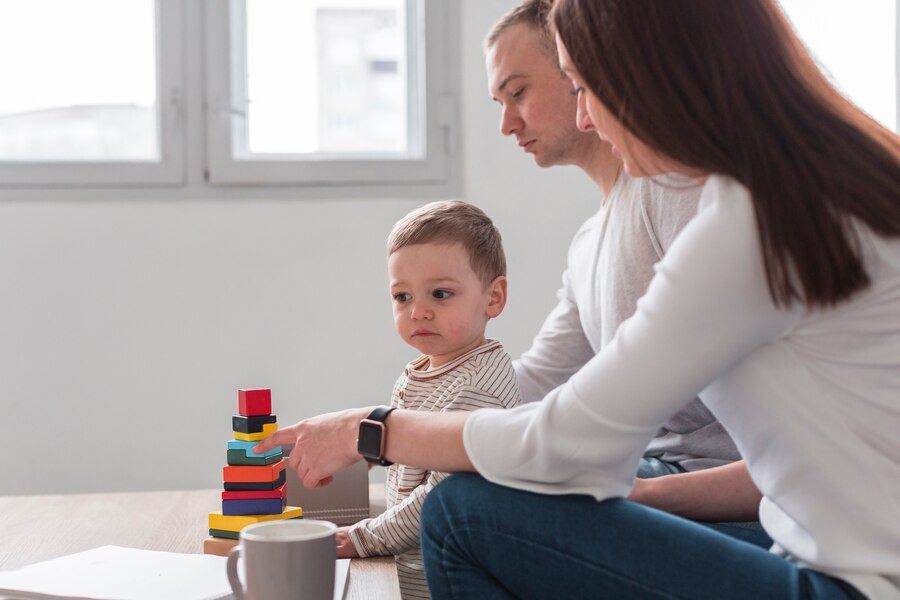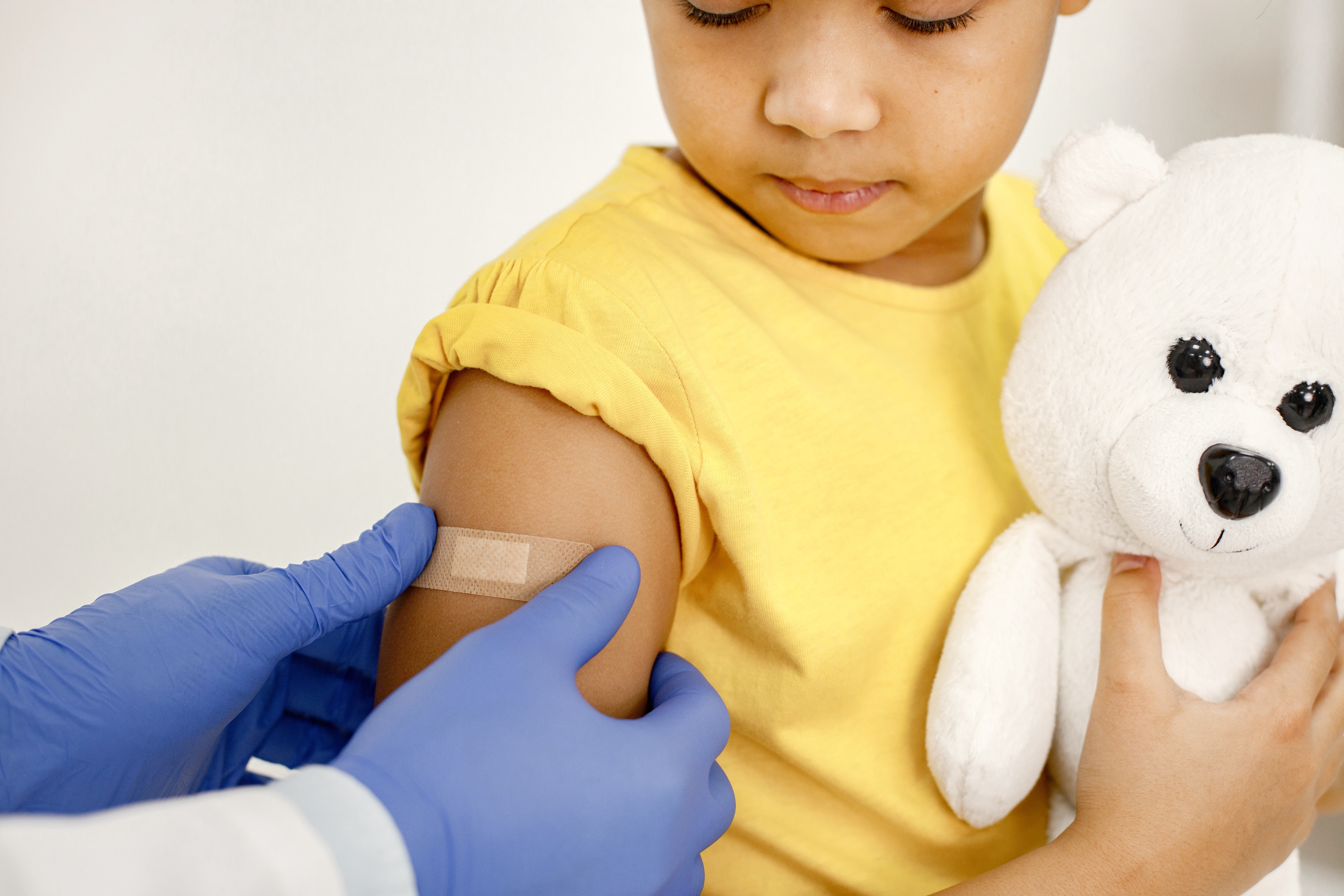Toilet training adalah masa dimana si kecil belajar untuk buang air secara mandiri seperti orang dewasa. Keterampilan ini perlu dilatih sejak kecil untuk melatih kemandirian anak. Lalu, kapan sebaiknya si kecil mulai bisa dilatih toilet training?
Tanda Anak-Anak Siap untuk Toilet Training
Sebenarnya, tidak ada waktu khusus kapan anak bisa mulai diajarkan untuk buang air sendiri. Umumnya orang tua dapat melatih anak untuk toilet training ketika anak berusia 18 bulan - 3 tahun. Namun kematangan fisik dan emosional anak berbeda-beda sehingga dalam hal ini usia bukanlah patokan utama.
Beberapa anak baru benar-benar dapat menggunakan toilet secara mandiri pada usia lebih besar atau sekitar 5 tahun dan hal ini normal terjadi. Sebagai orang tua, yang perlu dilakukan adalah tetap terus mendampingi dan melatih anak hingga mandiri.
Dalam toilet training, orang tua perlu memahami kesiapan dan respon anak dalam belajar. Memulai toilet training terlalu dini dapat menyebabkan anak frustrasi dan menghambat proses pembelajaran. Sebaliknya, terlambat memulai toilet training juga membuat anak tidak percaya diri dan menghambat kemandiriannya.
Baca Juga: Penyebab Ruam Popok dan Cara Mengatasinya
Kesiapan anak-anak berbeda-beda, namun orang tua dapat memulai toilet training ketika si kecil sudah menunjukkan tanda-tanda berikut:
Anak menunjukkan ketertarikan dan kemandirian
Salah satu tanda anak siap melakukan toilet training dapat ditunjukkan dengan ketertarikan anak untuk belajar buang air kecil secara mandiri. Misalnya, ia ingin tahu bagaimana cara duduk yang benar di toilet, dan bagaimana cara membersihkan diri setelah buang air. Jika ia menunjukkan tanda-tanda tersebut maka Anda bisa memulai proses toilet training pada si kecil.
Jadwal buang air besar teratur
Seiring bertambahnya usia, si kecil mungkin menunjukkan jadwal buang air besar lebih teratur. Ketika anak-anak sudah memiliki jadwal buang air besar teratur, Anda bisa mempersiapkan si kecil untuk latihan buang air besar sendiri.
Anak segera ke kamar mandi ketika ingin buang air
Tanda lain anak sudah siap untuk toilet training adalah ia segera ke kamar mandi ketika ingin buang air kecil atau besar. Terkadang anak-anak juga akan mengatakan bahwa ia ingin buang air kecil atau besar. Ini berarti si kecil sudah memahami apa yang harus dilakukan ketika buang air kecil atau besar.
Baca Juga: Kenali Jenis Ruam yang Sering Muncul pada Bayi
Anak memahami instruksi sederhana
Kesiapan anak dalam toilet training juga dapat ditunjukkan dengan pemahaman anak mengenai instruksi saat membersihkan diri di toilet. Tanda lainnya yang muncul antara lain si kecil mampu duduk lama skitar 2-5 menit tanpa gelisah, bisa melepas popok dan celananya sendiri, dan tidak suka menggunakan popok kotor.
Popok kering lebih lama
Apabila Anda sudah lebih jarang mengganti popok si kecil di usia 18-20 bulan, hal ini menandakan kapasitas kandung kemihnya semakin meningkat dan kemampuan anak mengendalikan keinginan untuk buang air besar juga meningkat. Cara lain yang bisa Anda amati, jika ia tidur siang dengan popok kering selama 2 jam, ini bisa menjadi tanda kesiapan anak untuk toilet training.
Apabila anak-anak menunjukkan tanda-tanda di atas, Anda bisa mulai melatih mereka untuk menggunakan toilet secara mandiri. Namun jika belum, tak perlu terburu-buru melatih anak toilet training. Pahami bahwa setiap anak memiliki kesiapan fisik dan mental yang berbeda sehingga Anda tidak perlu khawatir jika anak-anak seumurannya sudah lulus toilet training sementara si kecil belum.
Waktu yang dibutuhkan untuk toilet training juga berbeda-beda. Yang perlu dilakukan orang tua adalah tetap membimbing anak dengan penuh kesabaran dan kasih sayang. Jika Anda memiliki pertanyaan seputar perkembangan anak, konsultasikan ke dokter atau manfaatkan fitur konsultasi pada aplikasi Ai Care yang dapat diunduh di ponsel Anda.
Mau tahu informasi seputar kehamilan, menyusui, kesehatan wanita dan anak-anak? Cek di sini, ya!
- dr. Monica Salim
Fitzgerald, L. (2023). 10 Signs Your Toddler Is Ready to Potty Train. Available from: https://www.verywellfamily.com/signs-your-toddler-is-ready-to-potty-train-290259
Frost, A. (2022). Signs your toddler is ready to potty train Available from: https://www.babycenter.com/toddler/potty-training/potty-training-readiness-checklist_4384
Geddes, K. (2022). 9 Signs Your Toddler Is Ready to Be Potty Trained. Available from: https://www.whattoexpect.com/toddler/potty-training/signs-of-readiness.aspx











